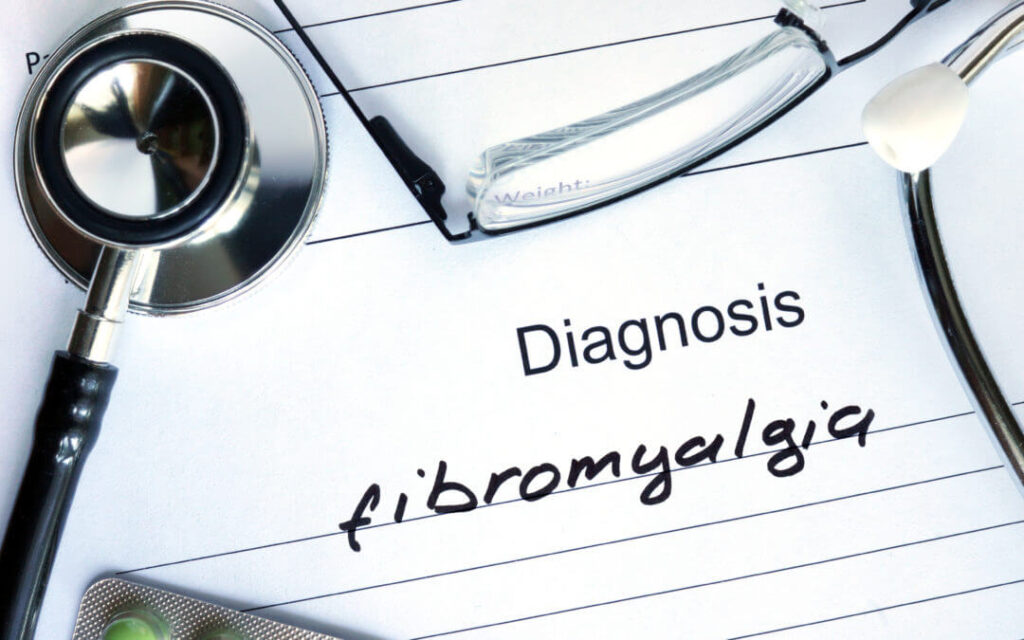Fibromyalgia is a syndrome characterized by chronic pain and fatigue. With a long list of potential and complex symptoms that could easily be attributed to other conditions, fibromyalgia often goes either undiagnosed or misdiagnosed, leading to great frustration on the part of those who suffer from it.
It doesn’t help much that many doctors don’t consider it to be “real” at all. Due to the lack of reliable, objective diagnostic testing for it, some medical professionals may conclude that the symptoms are psychosomatic. Without any acknowledgment of their symptoms, patients risk slipping into depression, which can exacerbate the condition.
The prevalence of fibromyalgia today
According to the National Fibromyalgia Association, more than five million Americans have fibromyalgia. Of that number, 75 percent are women. It strikes all ages and ethnicities, and there is no known cure.
Though there is greater acceptance of the diagnosis in today’s medical community, those who struggle with fibromyalgia still face an uphill battle. As time goes by, we continue to learn more about its causes, triggers, and what treatments will provide the most effective relief.
What causes fibromyalgia?
While it is difficult to pin down any one cause or factor that leads to fibromyalgia, it is generally accepted that the syndrome manifests following major physical trauma, infection or acute illness, surgery, or extreme psychological stress.
Research has suggested that there may be a genetic aspect as fibromyalgia is often seen among siblings or between mothers and children.
Current science points to the central nervous system as being the primary mechanism as it has been observed that patients who have fibromyalgia don’t process pain normally and have a more intense response to stimuli that would not ordinarily be an issue for healthy individuals.
How we treat fibromyalgia
Over the years, many approaches have been applied in the effort to improve fibromyalgia symptoms. Prescription pain medications are largely ineffective, and in many cases, have led to even bigger problems as patients become addicted.
For the depression that often accompanies other symptoms, low-dose antidepressants can be helpful, although this is not considered a frontline intervention. Medications like Cymbalta (duloxetine), gabapentin, and Lyrica (pregabalin) have brought results for some, but it has been observed that the most effective approach is to increase physical activity, reduce stress, practice mindfulness and relaxation, and modify the diet to avoid processed foods, sugar, and gluten, and increase consumption of nutrient-dense, fresh foods.
Alternative therapies like acupuncture, massage, hydrotherapy, chiropractic, and yoga have also been found to be extremely helpful in managing symptoms. By adopting a variety of these approaches and learning how to pace yourself, it is possible to boost energy, minimize pain and other symptoms, and improve quality of life.
Ultimately, getting an accurate diagnosis is critical. Since fibromyalgia symptoms look very much like those of other conditions, your doctor needs to rule out other causes before arriving at a conclusion.
Fibromyalgia treatment Long Beach
If you or a loved one are experiencing symptoms that resemble fibromyalgia, Roots to Recovery can help. Reach out today to learn more about our programs and how to get started. We offer chronic pain treatment programs in Long Beach. Visit us at 3939 Atlantic Ave, Suite 102 Long Beach, CA 90807 or call (866) 766-8776 for immediate assistance.




